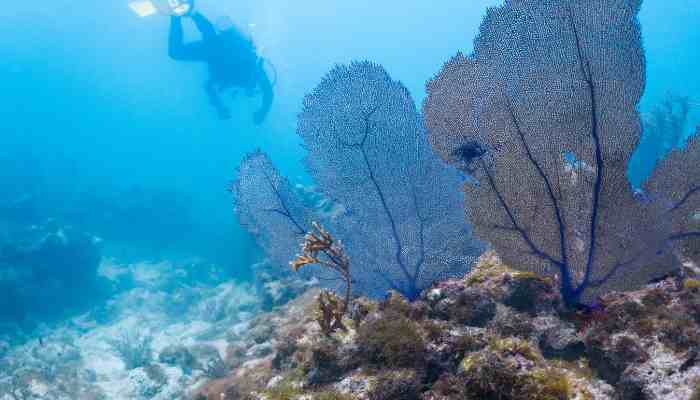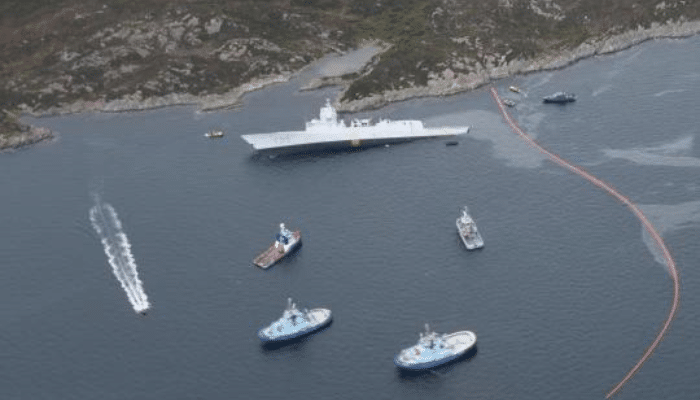

A vast global effort has been launched by scientists to identify and classify every marine organism found in the oceans of the planet.


In the following ten years, Ocean Census seeks to discover 100,000 previously undiscovered species, enabling scientists to better understand and safeguard the deep-sea environment.
We don’t have a lot of information on the ocean’s depths. According to the census, just 240,000 of the 2.2 million species predicted to exist in the waters of the Earth have been described by scientists.
The research expands on earlier initiatives like the Census of Marine Life, which was completed in 2010 and found 6,000 possible brand-new ocean species.
High-resolution underwater photographs, machine learning, and the sequencing of DNA found in seawater are examples of recent technological advancements.
According to the project science director and marine scientist Alex Rogers, the developments will hasten and broaden the search for new species. He teaches conservation biology at Oxford University in the United Kingdom.
While speaking at the launch ceremony in London on Thursday, Rogers projected that by the end of 10 years, we would have made some amazing scientific discoveries, potentially even entirely new ecosystems.
Studying aquatic species in their natural habitat used to take biologists at least a year, but contemporary technology has made this process much easier. These tools include underwater laser scanning gear, which is useful for analyzing animals with fluid bodies like jellyfish that are difficult to study on land.
According to Jyotika Virmani, executive director of the Schmidt Ocean Institute in Palo Alto, California, which will participate in the initiative, it is now possible to observe the water column, determine their morphology, and conduct in-depth research on them.
To avoid having to bring everything back to land, we are working towards being able to identify taxa in the water column. Additionally, It’s fantastic and will move things along swiftly.
The project will also collect aquatic DNA using cutting-edge, easily accessible techniques in order to identify and track species. The human race is one of the living things that disperses genetic material into the environment.
The 150-foot siphonophore, also known as the world’s longest marine animal, was reportedly only discovered in 2020 off the coast of Western Australia, according to Virmani. Even if many of the recently discovered species are probably on the smaller side.
The Ocean Census will help scientists better understand how marine ecosystems are responding to the climate issue and how marine life may adapt to a warmer world.
The project is being funded by the Nippon Foundation, a charitable group with its main office in Japan. It is being managed by the UK-based Nekton marine scientific and conservation institute.
Numerous missions using divers, submarines, and deep-sea robots will look for new species in the ocean’s biodiversity hotspots over the next ten years. Additionally, the project wants to include private and individual vessels.
Scientists, decision-makers, and the general public will have free access to the data and information gathered for non-commercial use.
Reference: CNN, Boat International










We believe that knowledge is power, and we’re committed to empowering our readers with the information and resources they need to succeed in the merchant navy industry.
Whether you’re looking for advice on career planning, news and analysis, or just want to connect with other aspiring merchant navy applicants, The Marine Learners is the place to be.